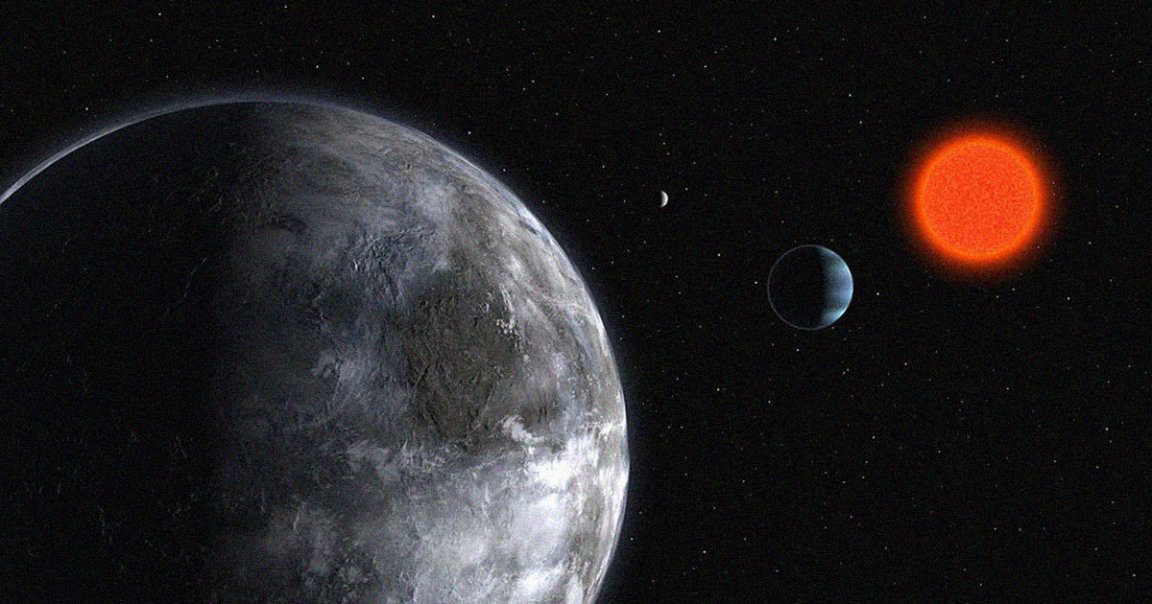
Scorched Earth
Last month, an international team of scientists published a paper detailing the discovery of two “Super-Earth” exoplanets — basically, two nearby worlds that a little bigger than our own planet. And one of these two exoplanets, the scientists determined, may hold the key ingredients needed to support life.
Of course, that’s a cool discovery unto itself. But fascinatingly, that potentially life-supporting exoplanet, called SPECULOOS-2c, may offer more than a possible climate change exit-strategy. According to one of its discoverers, we might actually be able learn a lot about our own planet’s future by studying the SPECULOOS-2c’s relationship to its home star, SPECULOOS-2.
“This planet is interesting to us,” study co-author Lisa Kaltenegger told Spanish newspaper El Pías in a translated new interview, “because it provides clues as to what will happen in about five billion years when our Sun starts to die and get bigger, scorching the Earth.”
Ghost World
SPECULOOS-2c and its neighbor, LP 890-9b, both orbit what’s called an M-class red dwarf, which is a small, cool, hydrogen-burning star. Because they’re so small, any bodies orbiting them have to be quite close by. Which doesn’t generally bode well for them, as M-class red dwarves are actually very prone to Definitely Not Life Supporting solar flares.
That being said, the SPECULOOS-2 study addresses this M-dwarf conundrum — though SPECULOOS-2c orbits quite close to its home star, the level of irradiation that it gets is curiously low. But according to Kaltenegger, those radiation levels — especially considering the exoplanet’s Earth-adjacent size as well as its promising potential for being able to host liquid water — can actually help us understand how Earth’s almost certain future of intense solar radiation will go down.
As our Sun ages, it’ll likely become a red giant rather than a red dwarf, and our planet will likely eventually be swallowed whole. And as it gets bigger, radiation will inch closer and closer to our home planet, eventually becoming unbearable for living beings and the natural world that makes life possible. And SPECULOOS-2c, perhaps, can maybe give us an exact radiation level to be wary of. (Or a ballpark figure, at least.)
“This planet can tell us what level of radiation will trigger the evaporation of all the water on Earth,” Kaltenegger continued. “It’s like traveling five billion years into the Earth’s future.”
READ MORE: ‘We found a planet that shows us what the Earth will be like in five billion years’ [El Pais]
More on SPECULOOS-2c: Scientists Discover Nearby “Super-Earth” That May Support Life